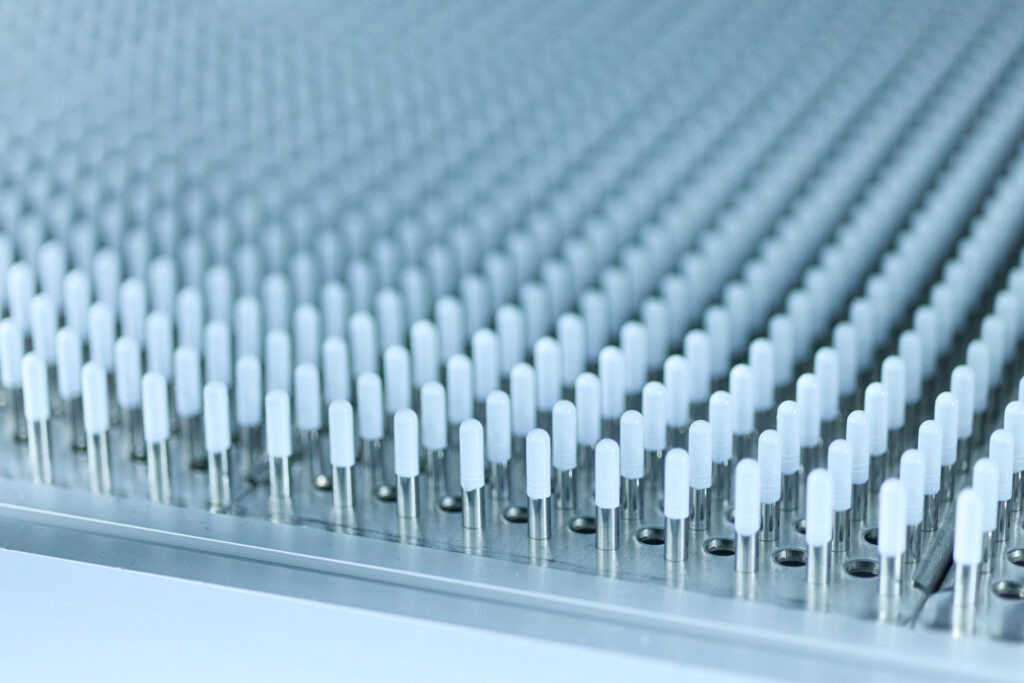Empty capsules are a common pharmaceutical product used for delivering medicines and supplements to patients. They are used to hold powdered or liquid medications and are available in different sizes, shapes, and colors. Empty capsules are made from different types of raw materials, including gelatin, hydroxypropyl methylcellulose (HPMC), and pullulan. These materials are chosen based on their properties and compatibility with the medication being delivered. In this paper, we will discuss the different categories of empty capsules based on their raw materials.
Gelatin capsules are the most commonly used type of empty capsules. They are made from gelatin, which is a protein derived from the collagen of animal connective tissues. Gelatin capsules are available in two types: soft gelatin capsules (SGCs) and hard gelatin capsules (HGCs). SGCs are elastic and can be used to hold liquid and semisolid medications. HGCs are more rigid and can be used to hold powders and granules. Gelatin capsules have been used for over a century, and their safety and efficacy have been established through extensive research.
However, gelatin capsules are not suitable for vegetarians or people with dietary restrictions, as they are made from animal products. For this reason, plant-based alternatives to gelatin capsules have been developed. These alternatives are made from HPMC, which is a semisynthetic polymer derived from cellulose. HPMC capsules are available in two types: vegetarian capsules (Vcaps) and enteric-coated capsules (ECCs). Vcaps are made from 100% plant-derived materials and are suitable for vegetarians and people with dietary restrictions. ECCs are coated with a special polymer that prevents the medication from being released until it reaches the small intestine. This is useful for medications that may be destroyed by stomach acid or cause gastric irritation.
Pullulan capsules are another type of empty capsule that is gaining popularity. Pullulan is a polysaccharide produced by the fermentation of starch by the fungus Aureobasidium pullulans. Pullulan capsules are transparent and have excellent oxygen barrier properties, which makes them suitable for medications that are sensitive to oxidation. Pullulan capsules are also suitable for vegetarians and people with dietary restrictions, as they are made from plant-derived materials.
In addition to these three types of raw materials, there are also other materials used to make empty capsules. For example, some manufacturers use modified starch, which is a type of starch that has been chemically modified to improve its properties. Modified starch capsules are less expensive than other types of capsules, but they may not be suitable for medications that require a high level of protection from moisture and other environmental factors.
In conclusion, empty capsules can be divided into several categories based on their raw materials. Gelatin capsules are the most commonly used type of empty capsule, but plant-based alternatives such as HPMC and pullulan capsules are becoming more popular due to their suitability for vegetarians and people with dietary restrictions. Each type of capsule has its own unique properties and advantages, and the choice of capsule will depend on the medication being delivered and the needs of the patient. It is important for healthcare professionals to be aware of the different types of capsules available and their properties to ensure that medications are delivered safely and effectively.


